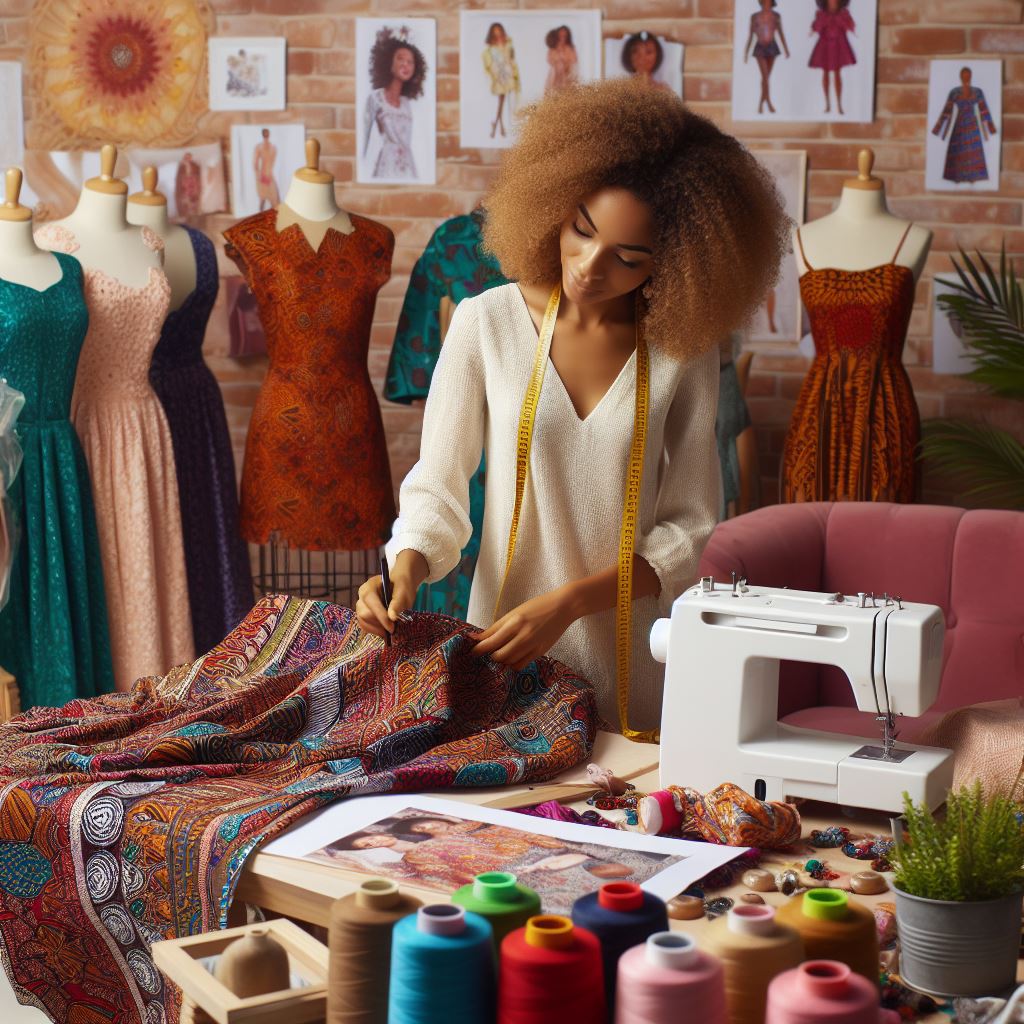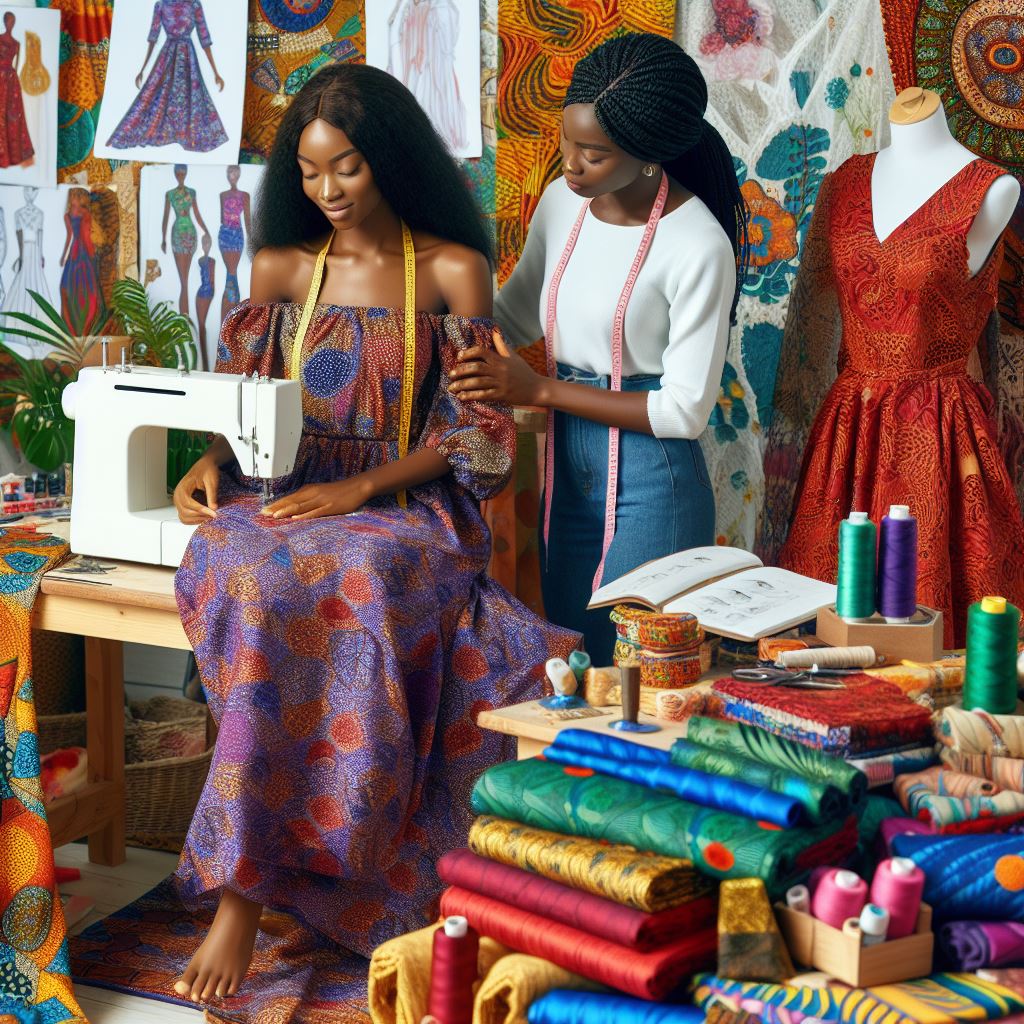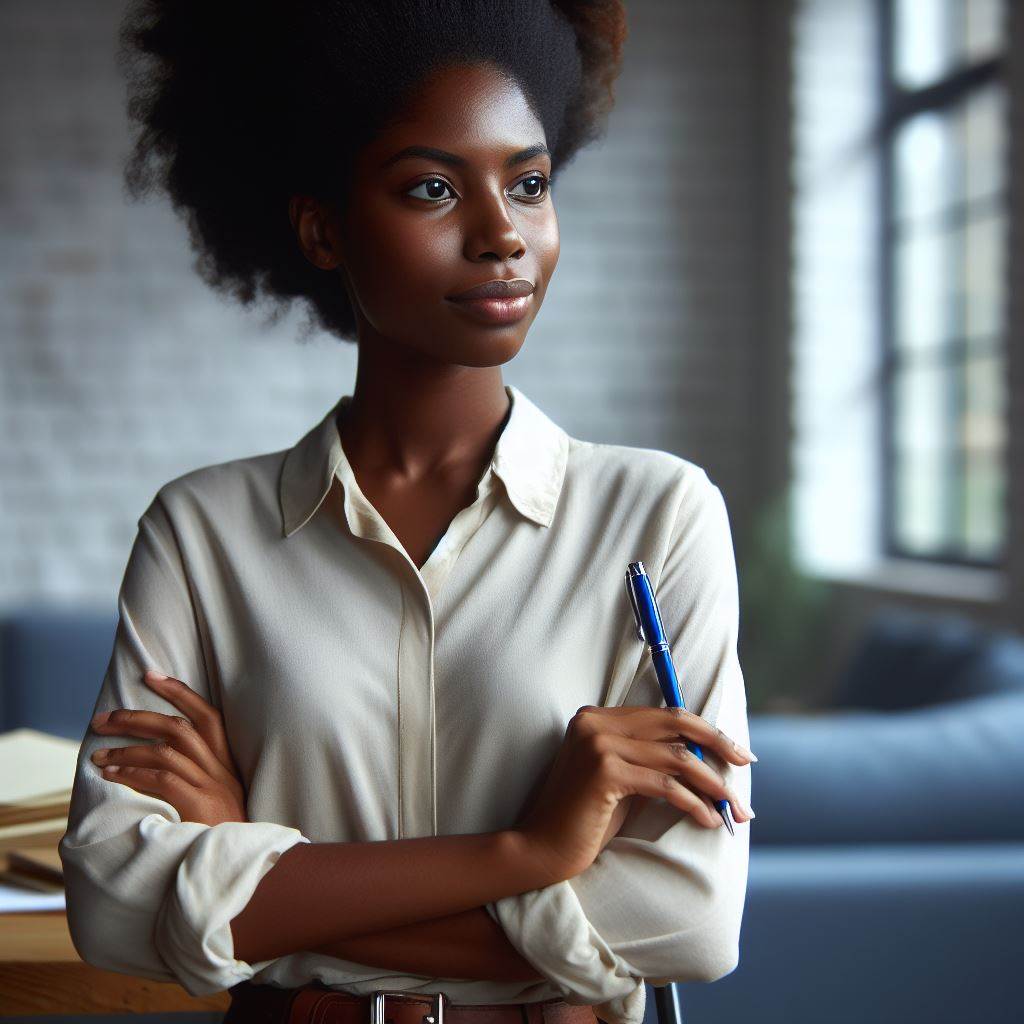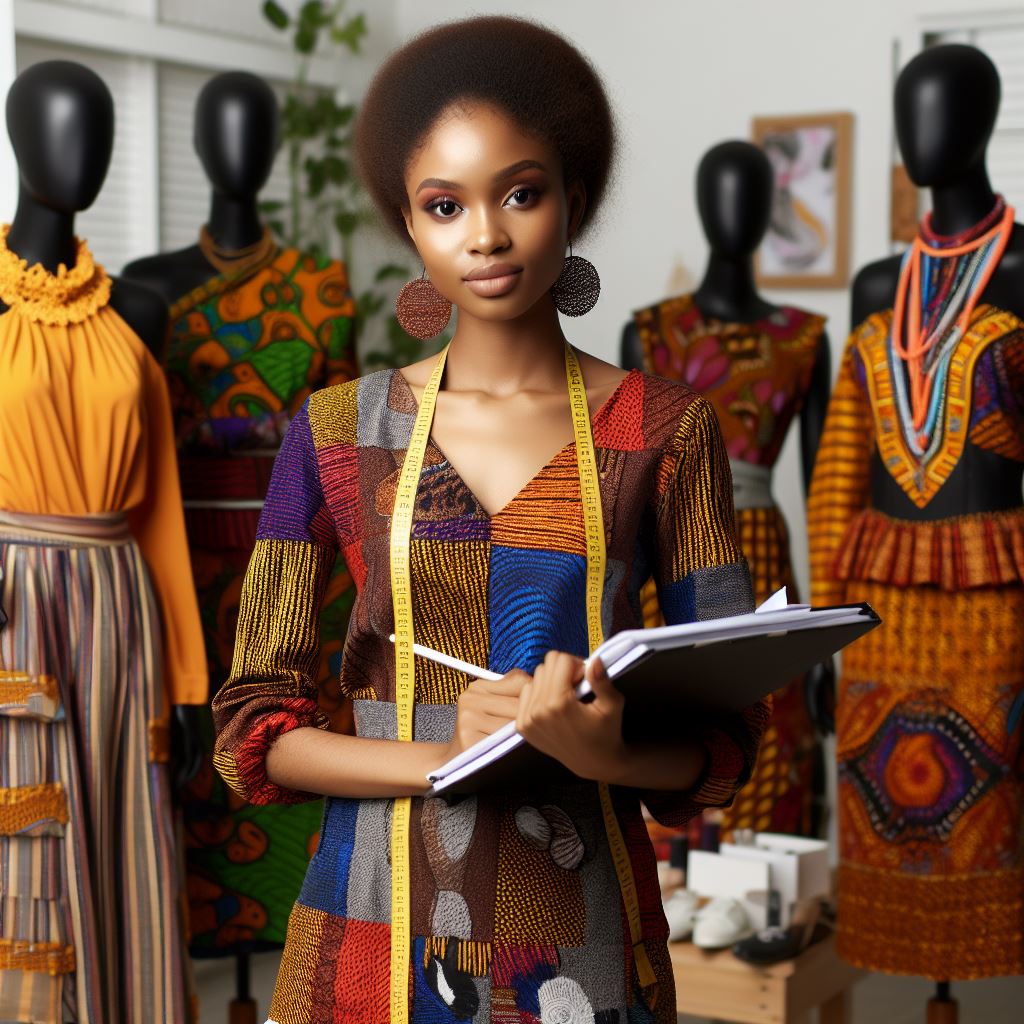Introduction
Fashion illustration is the art of visually communicating fashion ideas, styles, and designs through drawing. It serves as a bridge between the conceptualization of a design and its realization in fabric and form.
The Importance of Fashion Illustration
Fashion illustration plays a crucial role in the fashion industry by bringing creative visions to life. It serves as a primary tool for designers to convey their ideas, inspirations, and design concepts.
Fashion illustration allows designers to explore and experiment with various design elements,
such as silhouettes, textures, and embellishments, before committing to a final garment.
Through fashion illustration, designers can communicate their unique aesthetic and design philosophy to clients,
collaborators, and manufacturers, facilitating effective collaboration and ensuring that everyone involved in the design process shares a common vision.
Furthermore, fashion illustration serves as a means of visual storytelling,
capturing the mood, atmosphere, and narrative behind a collection or garment.
It evokes emotions, sparks imagination, and engages viewers, allowing them to connect with the designer’s vision on a deeper level.
In the fast-paced world of fashion, where trends come and go,
fashion illustration serves as a timeless art form that preserves and documents the evolution of style and design over time.
The Role of Fashion Illustrators
Fashion illustrators play a vital role in creating visual representations of designs, translating concepts and ideas into captivating and dynamic illustrations.
They possess a keen eye for detail,
proportion, and form, allowing them to accurately depict garments and accessories in a visually appealing manner.
Fashion illustrators work closely with designers,
stylists, and other creatives to bring their visions to life, collaborating on sketches, mood boards, and concept presentations.
They use various mediums and techniques,
including pencil, ink, watercolor, and digital illustration software, to create illustrations that capture the essence of a design.
Fashion illustrators also contribute to the promotion and marketing of fashion brands and collections through their artwork,
creating illustrations for lookbooks, advertisements, and social media campaigns.
Fashion illustrators are storytellers and visionaries, using their artistic talents to inspire and captivate audiences,
shaping the visual landscape of the fashion industry.
In a nutshell, fashion illustration is more than just drawing clothes;
it is a powerful tool for communication, creativity, and expression in the world of fashion.
From conceptualization to realization, fashion illustrators play a vital role in bringing designs to life and shaping the visual identity of fashion brands and collections.
History of Fashion Illustration in Nigeria
Fashion illustration in Nigeria has deep roots, tracing back to traditional art forms and cultural expressions. From intricate textile designs to ceremonial attire, visual representation of fashion has always been integral to Nigerian society.
In pre-colonial times, indigenous tribes showcased their unique styles through hand-drawn patterns and elaborate garments. These early illustrations served not only as decorative elements but also as symbols of identity and status.
Notable Nigerian Fashion Illustrators
One notable figure is Yinka Shonibare,
whose work often explores themes of colonialism and post-colonial identity through the lens of fashion.
His vibrant and provocative illustrations challenge conventional notions of beauty and style.
Another influential illustrator is Abiola Olusola, known for her bold and dynamic portrayals of Nigerian fashion. Her work celebrates the rich cultural heritage of the country while pushing boundaries and redefining contemporary aesthetics.
Evolution of Fashion Illustration
Over the years, fashion illustration in Nigeria has evolved in response to shifting social, cultural, and economic dynamics. With the advent of globalization and digital technology, new opportunities and challenges have emerged for Nigerian illustrators.
Traditional techniques such as pencil and ink have been supplemented by digital tools,
allowing artists to experiment with new styles and reach wider audiences.
Social media platforms like Instagram have also played a significant role in promoting Nigerian fashion illustration on a global scale.
Despite these advancements, Nigerian illustrators continue to draw inspiration from their cultural heritage,
incorporating traditional motifs and techniques into their work.
This fusion of old and new creates a unique aesthetic that reflects the diversity and vibrancy of Nigerian fashion.
In recent years, Nigerian fashion illustration has gained recognition both locally and internationally,
with artists showcasing their work at prestigious exhibitions and collaborating with top designers and brands.
This growing visibility has helped to elevate the status of fashion illustration as a respected art form in Nigeria.
Looking ahead, the future of fashion illustration in Nigeria appears bright,
with a new generation of talented artists emerging and pushing the boundaries of creativity.
As the industry continues to evolve,
Nigerian illustrators will play a vital role in shaping the visual landscape of fashion both at home and abroad.
Read: Comparing Communication Arts and Mass Communication
Techniques and Styles in Fashion Illustration
When it comes to techniques and styles in fashion illustration,
there is a wide array of options for artists to explore and showcase their creativity.
Let’s delve into the different techniques used in fashion illustration,
ranging from traditional sketching to digital illustration, and the various styles that artists can incorporate into their work.
Techniques in Fashion Illustration
- Sketching: One of the most traditional techniques in fashion illustration involves using pencils, charcoal, or markers to create quick sketches of designs.
- Watercolor: Watercolor is a popular choice for adding color and vibrancy to fashion illustrations, creating a soft and dreamy effect.
- Digital Illustration: With advancements in technology, many artists now opt to create fashion illustrations digitally using software like Adobe Illustrator or Procreate.
Styles of Fashion Illustration
- Minimalist: Minimalist fashion illustrations focus on clean lines, simplicity, and the use of negative space to convey the essence of a design.
- Hyperrealistic: Hyperrealistic fashion illustrations aim to capture every detail and texture of a garment or accessory, often blurring the lines between art and photography.
- Abstract: Some artists prefer to explore abstract styles in fashion illustration, using unconventional techniques and shapes to convey a sense of creativity and imagination.
Nigerian Fashion Illustrators and Traditional Elements
Nigerian fashion illustrators have been incorporating traditional elements into their work, adding a unique cultural touch to their illustrations.
Whether it’s through using traditional fabrics, motifs, or accessories, these artists blend modern fashion trends with traditional Nigerian aesthetics.
Some illustrators draw inspiration from Nigerian traditional attire such as the Ankara fabric,
gele headwraps, or beaded jewelry,
infusing their illustrations with vibrant colors and intricate patterns that reflect the rich cultural heritage of Nigeria.
By incorporating traditional elements into their work,
Nigerian fashion illustrators are not only celebrating their heritage but also creating a distinctive style that sets them apart in the world of fashion illustration.
Overall, the art of fashion illustration continues to evolve with new techniques and styles being explored by artists around the world.
Nigerian fashion illustrators, in particular,
bring a unique perspective to the table by incorporating traditional elements into their work,
creating illustrations that are not only visually stunning but also culturally rich and diverse.
Read: Language Arts Courses: What to Expect in Nigeria
Influence of Nigerian Culture in Fashion Illustration
Nigeria, a land rich in diversity, boasts a cultural tapestry woven with vibrant colors, intricate patterns, and captivating traditions.
In the realm of fashion illustration, this cultural wealth serves as a wellspring of inspiration,
shaping the aesthetic landscape in profound ways.
Exploring Cultural Influence
Nigerian fashion illustrators infuse their artwork with echoes of tradition and heritage, paying homage to the country’s multifaceted identity.
Through their creations, they celebrate the rich tapestry of Nigerian culture, drawing from a mosaic of influences spanning centuries.
Embracing Tradition
Traditional Nigerian attire, with its bold patterns, dynamic textures, and symbolic motifs, provides a fertile ground for artistic exploration.
Fashion illustrators adeptly weave these elements into their work, breathing new life into age-old traditions while adding a contemporary twist.
Symbolism in Design
Symbols hold significant meaning in Nigerian culture, conveying narratives of history, spirituality, and identity. In fashion illustration, these symbols serve as visual cues, communicating stories and evoking emotions.
From Adinkra symbols to Yoruba motifs, each design element carries layers of cultural resonance.
Showcasing Cultural Identity
Fashion illustration serves as a powerful tool for preserving and showcasing Nigerian cultural identity on a global stage.
By incorporating elements such as traditional attire, indigenous patterns, and cultural symbols, illustrators create visual narratives that celebrate the nation’s rich heritage.
Bridging Past and Present
In the dynamic interplay between tradition and modernity, Nigerian fashion illustrators bridge the gap between past and present.
They reimagine ancestral motifs in contemporary contexts, breathing new life into age-old traditions while reflecting the evolving landscape of Nigerian identity.
Promoting Cultural Heritage
Through their work, Nigerian fashion illustrators become custodians of cultural heritage, preserving traditions for future generations.
By infusing their creations with cultural motifs and symbols, they foster a sense of pride and connection to Nigeria’s rich tapestry of heritage.
Inspiring Creativity
Nigerian fashion illustration not only preserves cultural heritage but also inspires innovation and creativity.
By embracing the past while looking towards the future, illustrators create a space where tradition and innovation harmoniously coexist, fueling a vibrant and dynamic artistic landscape.
Basically, In the realm of fashion illustration, Nigerian culture emerges as a potent source of inspiration, shaping aesthetics and narratives with its rich tapestry of tradition, symbolism, and heritage.
Through their work, Nigerian fashion illustrators weave a visual narrative that celebrates the nation’s diverse cultural identity, preserving traditions while paving the way for new creative horizons.
Read: Internship Opportunities for Communication Arts Students

Learn More: Music School Fees in Nigeria: What to Expect
Transform Your Career with Expert Guidance
Get personalized mentorship consulting that’s tailored to your unique path. Our expert advice is actionable and exclusive.
Get StartedExplore Further: Ceramics: Traditional and Modern Nigerian Techniques
Gain More Insights: Sustainable Fashion: Trends and Practices in Nigeria
You Might Also Like: Technological Tools for Language Learning in Nigeria
Learn More: Internships for Communication Studies Majors in Nigeria
Challenges Faced by Nigerian Fashion Illustrators
Nigerian fashion illustrators encounter numerous hurdles in their pursuit of success within the industry. Let’s delve into some of these challenges and explore strategies to surmount them effectively.
Limited Resources
Resource constraints often plague Nigerian fashion illustrators. Access to high-quality materials such as premium paper, markers, and digital drawing tools remains a significant challenge.
Additionally, limited access to advanced training and workshops restricts skill development.
To overcome resource limitations, illustrators can explore cost-effective alternatives such as utilizing recycled paper,
experimenting with different mediums, and participating in online tutorials and forums for skill enhancement.
Collaboration with local suppliers and seeking sponsorship from brands can also alleviate resource constraints.
Lack of Recognition
Despite the burgeoning fashion scene in Nigeria, many illustrators struggle with a lack of recognition for their craft.
The industry’s focus on established designers often sidelines emerging talent, making it challenging for illustrators to gain visibility and acknowledgment for their work.
To combat this issue, fashion illustrators can leverage social media platforms to showcase their creations, engage with a broader audience, and connect with potential collaborators and clients.
Participating in local exhibitions, competitions, and networking events can also help garner attention and establish credibility within the industry.
Intense Competition
The Nigerian fashion landscape is characterized by fierce competition, with a plethora of talented individuals vying for limited opportunities.
This saturation makes it difficult for aspiring illustrators to stand out and secure lucrative projects or collaborations.
To thrive amidst competition, fashion illustrators must hone their unique artistic style and continuously refine their skills to differentiate themselves in the market.
Building a strong personal brand, fostering professional relationships within the industry,
and staying abreast of emerging trends can give illustrators a competitive edge.
Overcoming Challenges and Thriving
While navigating the challenges inherent in the Nigerian fashion illustration industry can be daunting, adopting a proactive approach and leveraging available resources can facilitate success.
By embracing innovation, resilience, and a relentless pursuit of excellence,
Nigerian fashion illustrators can overcome obstacles and carve out a niche for themselves in the global fashion arena.
In review, the path to becoming a successful fashion illustrator in Nigeria is fraught with challenges,
but with perseverance, creativity, and strategic planning, these hurdles can be overcome.
By addressing resource constraints, seeking recognition,
and embracing competition, aspiring illustrators can chart a course towards fulfilling their artistic aspirations and making a meaningful impact on the industry.
Read: Impact of Communication Arts on Nigerian Media
Uncover the Details: Internship Opportunities for Foreign Language Students
Explore Further: The Evolution of Nigerian Television Production
Gain More Insights: How to Start a Successful Fashion Brand in Nigeria
Find Out More: English Language Programs: Admission Requirements
Uncover the Details: Cultural Exchange Programs in African and Asian Studies
See Related Content: Prominent Nigerian Authors Writing in Foreign Languages
The Future of Fashion Illustration in Nigeria
Predicting the future of fashion illustration in Nigeria is an exciting exercise that involves looking at current trends and projecting how they will evolve in the coming years.
Emerging Trends in the Industry
- Technological Advancements: The use of digital tools is becoming more prevalent among Nigerian fashion illustrators, allowing for easier creation and sharing of their work.
- Collaborations with Fashion Brands: Nigerian illustrators are increasingly collaborating with local and international fashion brands to create unique and eye-catching illustrations for marketing purposes.
- Inclusion and Diversity: There is a growing trend towards inclusivity and diversity in fashion illustration, with Nigerian illustrators creating work that represents a wider range of body types, skin colors, and cultural backgrounds.
- Social Media Influence: The rise of social media platforms like Instagram has provided Nigerian fashion illustrators with a global platform to showcase their work and connect with a larger audience.
Impact on Nigerian Fashion Illustrators
These emerging trends have a significant impact on Nigerian fashion illustrators, as they provide new opportunities for growth and development in the field.
- Increased Exposure: With social media and online platforms, Nigerian illustrators have greater visibility and reach, allowing them to attract clients and collaborations from around the world.
- Professional Development: The use of digital tools and collaborations with fashion brands require Nigerian illustrators to constantly upskill and stay abreast of new trends in the industry.
- Creative Freedom: The trend towards inclusivity and diversity gives Nigerian illustrators more creative freedom to experiment with different styles and themes in their work.
Opportunities for Growth and Development
As the field of fashion illustration in Nigeria continues to evolve,
there are several opportunities for growth and development that illustrators can capitalize on.
- Educational Programs: Investing in education and training programs for aspiring fashion illustrators can help grow the talent pool in Nigeria and raise the overall standard of work in the industry.
- Industry Partnerships: Collaborating with fashion brands, design studios, and media companies can provide Nigerian illustrators with valuable exposure, resources, and industry connections.
- International Markets: Nigerian fashion illustrators can explore opportunities in international markets by leveraging social media and online platforms to reach a global audience.
In fact, the future of fashion illustration in Nigeria looks promising,
with emerging trends, increased opportunities for growth,
and a growing community of talented illustrators ready to make their mark on the industry.
Conclusion
Fashion illustration in Nigeria thrives as a vibrant expression of cultural identity and artistic ingenuity. It’s a realm where creativity flourishes, bridging tradition and modernity.
Key Points Summary
Nigerian fashion illustration reflects a rich tapestry of heritage, blending traditional motifs with contemporary trends. It serves as a visual narrative, capturing the essence of Nigeria’s diverse cultural landscape.
Artists infuse their illustrations with vibrant colors, intricate patterns, and dynamic poses, breathing life into their creations. Each stroke on the canvas tells a story, celebrating the beauty of Nigerian fashion.
Through fashion illustration, Nigerian designers showcase their craftsmanship and storytelling prowess, influencing global fashion trends. It’s a medium where innovation meets tradition, shaping the narrative of Nigerian fashion on the world stage.
Significance in Nigerian Fashion Industry
Fashion illustration holds a pivotal role in the Nigerian fashion industry, serving as a catalyst for creativity and innovation. It amplifies the voices of Nigerian designers, elevating their unique perspectives and designs.
Illustrators play a crucial role in bringing designers’ visions to life, translating ideas into captivating visuals that resonate with audiences worldwide.
Their work inspires collaboration, fosters cultural exchange, and propels the Nigerian fashion scene forward.
In a rapidly evolving industry, fashion illustration serves as a timeless art form, preserving Nigeria’s cultural heritage while embracing modern aesthetics. It’s a testament to the country’s creative spirit and artistic excellence.
Encouragement for Aspiring Fashion Illustrators
To aspiring fashion illustrators, the Nigerian landscape offers boundless opportunities for artistic exploration and growth. Embrace your unique style, draw inspiration from your surroundings, and let your creativity flourish.
Seek mentorship from seasoned illustrators and immerse yourself in the vibrant fashion community. Experiment with different techniques, mediums, and styles to develop your signature voice in the industry.
Stay abreast of current trends while staying true to your cultural roots, infusing your illustrations with authenticity and depth. Your distinct perspective is a valuable asset, capable of shaping the future of Nigerian fashion.
Remember, success in the world of fashion illustration requires perseverance, dedication, and a willingness to push boundaries.
Believe in your talent, hone your craft,
and seize every opportunity to showcase your work on both local and global platforms.
In closing, the art of fashion illustration in Nigeria is a dynamic force,
driving innovation, and shaping the narrative of the country’s fashion industry.
Aspiring illustrators hold the power to redefine the boundaries of creativity and leave an indelible mark on the world stage. Embrace the journey, and let your imagination soar.




